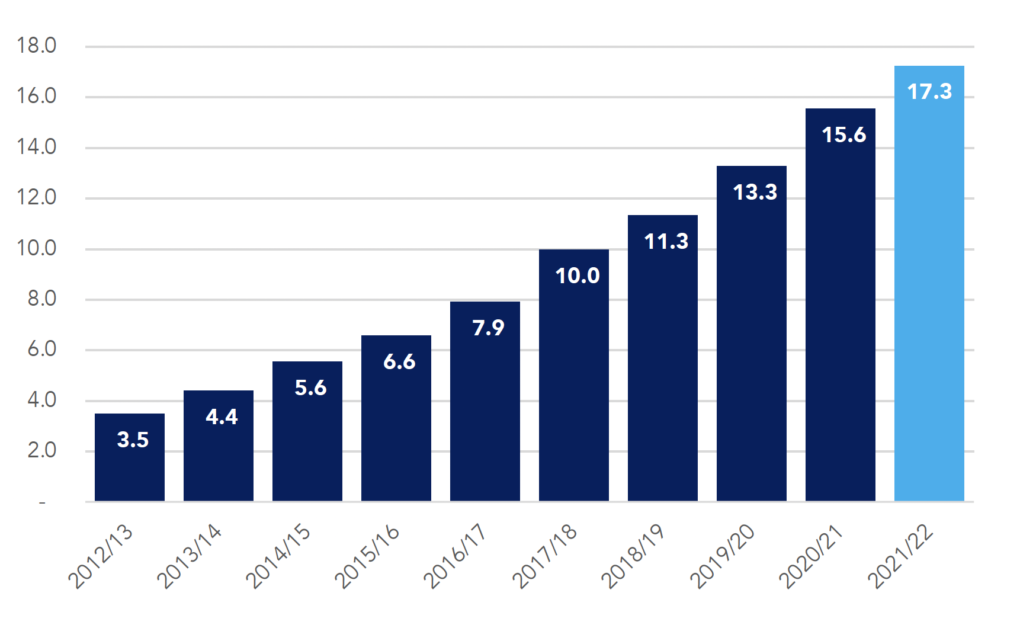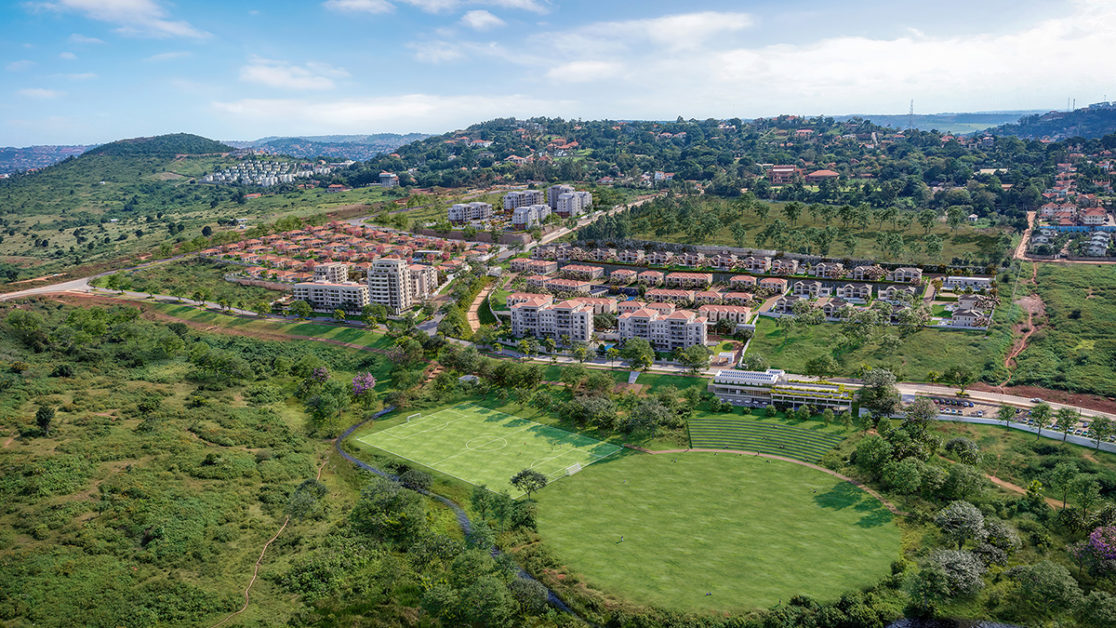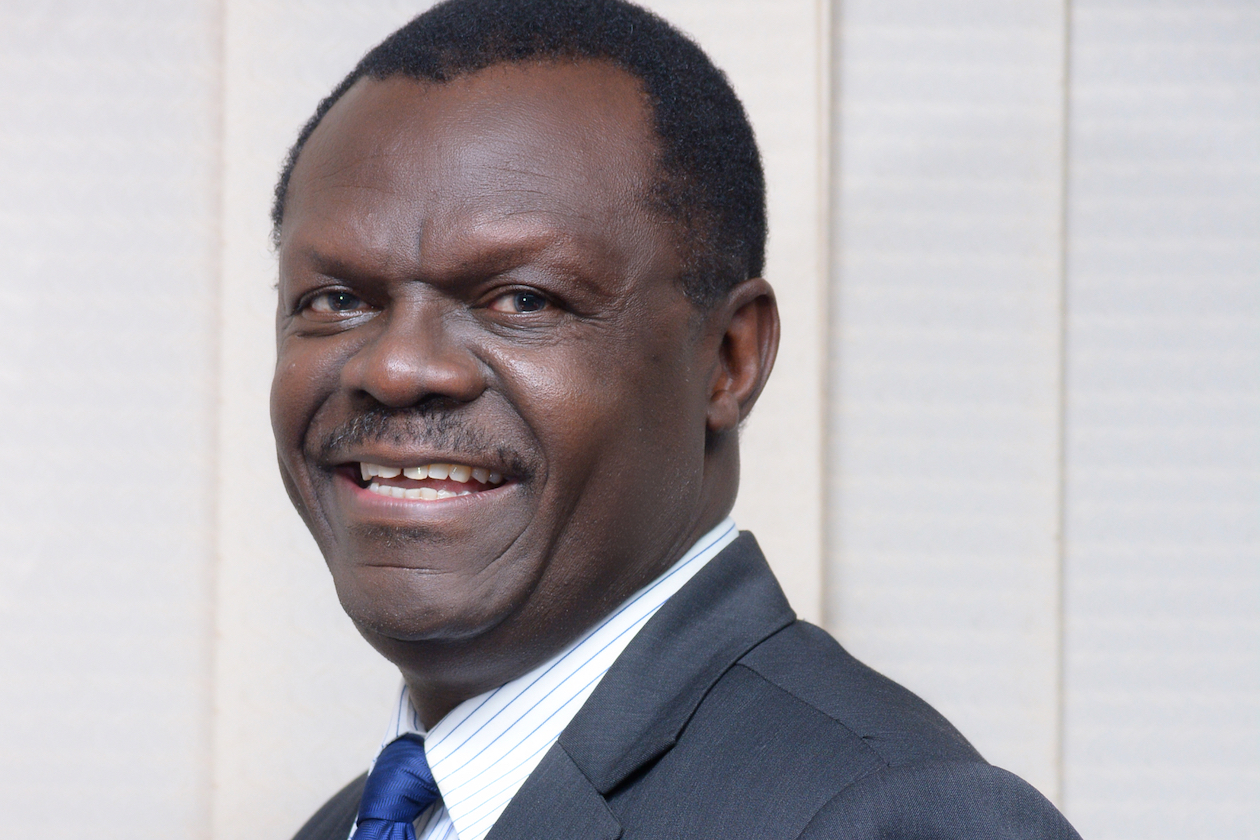The National Social Security Fund (NSSF) has defended its performance over the last 10 years before the Parliamentary Select Committee investigating the Fund.
The committee is among others examining the circumstances surrounding the appointment of the Fund’s Managing Director, and evaluate the status and safety of savers’ money in the Fund.
Chaired by Hon Mwine Mpaka, the Member of Parliament for Mbarara City South, the Committee is composed of Workers MP, Hon Charles Bakkabulindi; Mr. Karim Masaba (Industrial Division, Mbale City), Mr. Michael Kakembo (Entebbe Municipality), Ms. Fortunate Nantongo (Kyotera District Woman), Ms. Laura Kanushu (Persons with Disabilities), and Mr. Amos Kankunda (Rwampara County).
The NSSF Ag. Managing Director Mr. Patrick Ayota said that over the last decade the Fund has grown consistently across all its fundamentals such as asset base, contributions and benefits. Membership- both employers and employees had also grown, he said.
“In 2010, the Fund was worth UGX 1.7 trillion in Assets under Management. As at end of FY 2021/22, the Fund was UGX 17.3 trillion in assets, a 10-fold growth. As of December 2022, the Fund’s assets stood at UGX 18.8 trillion,” Ayota said.
Ayota led the Fund’s senior management team to interface with the committee on Fund’s performance, governance, and stakeholder involvement in the Fund’s decision making among others.

The Fund attributed the growth to “well-diversified investments – across asset classes and geographies in East Africa”.
On member recruitment, Ayota said that the current membership size stands at 1.3m with a historical annual growth rate of 140,000 more members, while the current employer base is 27,628 with a historical annual growth rate of 2,685 more employers.
Ayota also said that member contributions have steadily increased from annual collections of UGX 556 billion in 2012 to UGX 1.491 trillion in 2022.
Regarding real estate investment, Ayota clarified wrong information that the Fund’s real estate investments do not provide a return to members and are out of reach for most NSSF savers.
Some workers’ unions, who appeared before the committee had earlier questioned the Fund’s real estate investments.
Ayota, said that the Fund earns rental income and capital gains from its investments in real estate. He also said that the Fund’s Real Estate offering targets 3 groups of consumers.
These are the high-end income bracket catered for under the Citadel Place Project (sold out), Solana Lifestyle & Residences – Lubowa Housing Project; middle-income bracket – catered for under Kyanja Housing Project and Temangalo Housing Project, and affordable Housing income bracket – catered for under the Temangalo Affordable Housing Project (with starting house price of Ugx 90m).

The Fund’s real estate strategy is hinged on leveraging its sound financial position to increase returns to its members by providing affordable housing, decent accommodation, and modern commercial office space to encourage national development, and investment and reduce the housing deficit in the country in line with government plans.
The Fund principally invests in fixed-income, equities and real estate. Over the last 10 years, the Fund has rebalanced the allocation from a ratio of 81%: 8% and 12% respectively in 2012/13 to 77.3%: 15.3% and 7.4%.
Appearing before the same committee earlier in the Day, the NSSF Board, led by Dr. Peter Kimbowa was quizzed about the UGX 6 billion that the Minister of Gender, Labour & Social Development allegedly asked the Board Chairman in a letter to provide for in the Fund’s budget for the Financial Year 2022/23.
Dr. Kimbowa, however, told the committee that the Minister’s letter was irregular.

 Absa, ENS Africa, A&O Shearman and Nomura Advise Asahi Holdings on USD 2.3bn Acquisition of 65% Stake in EABL
Absa, ENS Africa, A&O Shearman and Nomura Advise Asahi Holdings on USD 2.3bn Acquisition of 65% Stake in EABL


